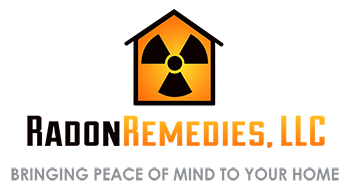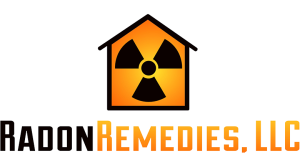RADON TESTING
Radon testing is generally divided into two categories, short term testing and long term testing.
The devices and instruments used to test are generally divided into two categories of their own, passive monitoring and active monitoring. Testing can be accomplished with a wide variety of devices including continuous radon monitors, alpha track detectors, electret ion chambers, activated charcoal absorption devices, charcoal liquid scintillation, continuous working level monitors and others. Some of these devices measure radon while others measure radon decay products (RDPs), some provide only an average while others can provide more information including hourly data points, overall and EPA protocol averages, motion detection, and changes in barometric pressure.
SHORT TERM RADON TESTING
We are trained and familiar with using a variety of these devices at Radon Remedies, however, we typically provide short term testing using continuous radon monitors from the Sun Nuclear Corporation.
A monitoring device is placed in the home to be tested for a period of at least 48 hours, and records data to create a report downloaded at the conclusion of the test. Our Sun Nuclear monitors can alert to evidence of tampering, and are accurate to the National Institute of Standards & Technology (NIST) standard.
LONG TERM RADON TESTING
Long term testing can be conducted over a period of several weeks or up to an entire calendar year. This type of test is typically best undertaken by a homeowner using a passive monitoring device to determine the long term average in a home that has produced a short term test near the 4 pCi/l action level. Long term testing can provide a more clear idea of the average level over an entire year, and will include variations in seasons and weather systems that cannot be accomplished with short term testing.
Here in the Red River Valley and lakes area, radon levels will tend to be higher during the late fall and early spring months, when a home is closed (windows not open, HVAC running infrequently). A long term test is not always required to determine the need for reduction, for example a long term test conducted in a home where a short term test found levels well above or below the action level will likely confirm the result.
To learn more about our testing methods, please contact us.

